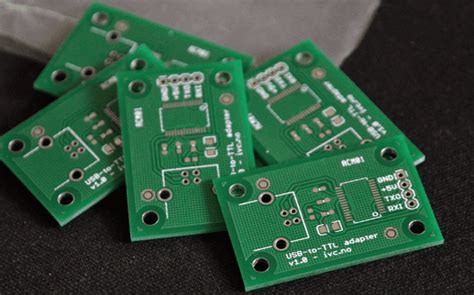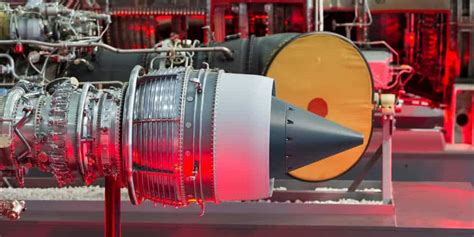Mastering Advanced Circuits Assembly for Modern Electronics

Key Takeaways
In the realm of advanced circuits assembly (pcba), mastering several core principles is essential for the creation of efficient and reliable electronic systems. Understanding the fundamentals of pcba is paramount, as it encompasses a range of techniques and methodologies that are critical for professionals in the field. Here’s a summary of the key points to consider:
Essential Tools: Having the right tools greatly impacts the precision assembly process. Tools such as soldering stations, tweezers, and magnification devices are vital for accurate component placement.
Techniques: Effective circuit design hinges on techniques that promote optimal layouts and configurations. This includes strategies like adhering to design rules that consider signal integrity and thermal management.
Best Practices in Soldering: Soldering is an art form in itself. Ensuring clean surfaces and employing adequate soldering techniques can drastically reduce defects, which leads to enhanced product reliability.
Troubleshooting Skills: Common issues such as cold joints or bridging require a systematic approach for resolution, highlighting the importance of troubleshooting skills in maintaining high standards during assembly.
Quality Assurance: Incorporating robust quality assurance protocols ensures that each assembly meets industry standards, thereby mitigating risks associated with defects during production.
“Quality in the details will reflect in your circuit’s performance.”
The future of advanced circuits assembly holds promise with innovations driving new applications, particularly in sectors like consumer electronics and automated industries. Case studies showcase successful •applications• demonstrating how well-executed pcb assembly can translate to market advantages.
By internalizing these takeaways and focusing on continual improvement through hands-on experience and education, practitioners can enhance their capabilities within this intricate field, ensuring their contributions lead towards remarkable advancements in modern electronics.
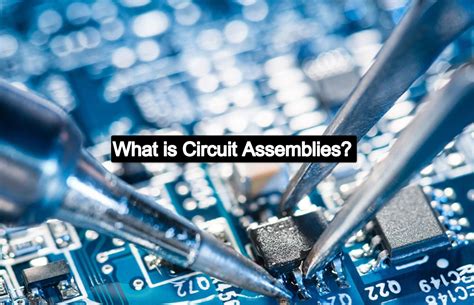
Understanding the Fundamentals of Advanced Circuits Assembly
In the realm of modern electronics, mastering advanced circuits assembly is crucial for ensuring the performance and reliability of electronic systems. At its core, pcb assembly involves the meticulous process of creating and assembling printed circuit boards (PCBs) that serve as the backbone for electronic devices. Understanding the fundamentals starts with a thorough knowledge of pcba, which encompasses both the design and manufacturing stages. Each stage requires a comprehensive grasp of electrical theory, circuit design principles, and an awareness of component characteristics.
A critical first step in advanced circuits assembly is recognizing the importance of selecting appropriate materials and components. Utilizing high-quality parts significantly enhances both durability and performance, thus minimizing potential failures in complex applications. Moreover, proficiency in various soldering techniques is essential; improper soldering can lead to cold joints or short circuits that compromise circuit integrity. The arrangement and layout design are also vital factors as they influence signal integrity, interference issues, and overall device performance.
Assembling advanced circuits necessitates a keen attention to detail paired with an analytical approach to troubleshooting potential problems during assembly. Practicing these fundamentals ensures that results not only meet design specifications but also adhere to stringent industry standards. By employing best practices in pcba, one can evolve from a basic assembler to a skilled technician capable of contributing to innovative electronic solutions that power today’s technology-driven world.
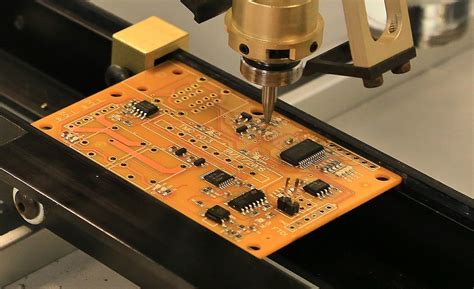
Essential Tools and Materials for Precision Assembly
To achieve high-quality pcb assembly, selecting the right tools and materials is paramount. A robust assembly process hinges on precision, which can be greatly enhanced with the use of specialized pcba equipment. Essential tools include precision soldering irons, tweezers, and automated pick-and-place machines, each designed to facilitate accurate component placement. Soldering stations that allow for temperature control are vital for managing thermal sensitivities of various electronic components. Beyond tools, the choice of materials plays a critical role; high-performance solder with proper flux ensures reliable joints that stand the test of time. It’s important to consider the substrate material, as this can affect both durability and performance in advanced circuits assembly. For instance, FR-4 substrates are popular for their balance of cost and electrical properties, while polyimide is preferred in high-temperature applications. Utilizing antistatic mats and wrist straps significantly minimizes the risk of electrostatic discharge during assembly, ensuring components remain functional throughout their lifecycle. By investing in quality tools and materials, technicians can elevate their craftsmanship in pcb assembly, ultimately leading to more reliable electronic systems.
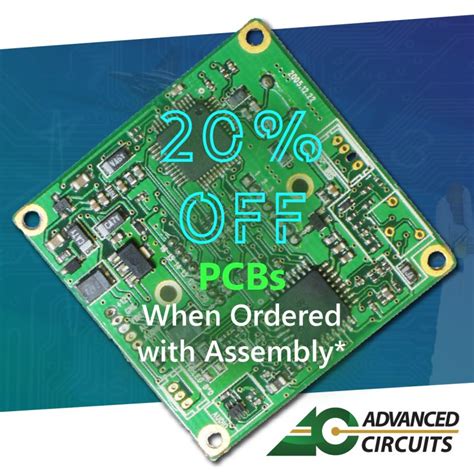
Techniques for Effective Circuit Design and Layout
When it comes to advanced circuits assembly, having an effective circuit design and layout is crucial for ensuring that printed circuit boards (PCBs) function correctly. One of the primary techniques in this arena is the use of software tools for design simulation. These applications allow engineers to visualize how different components interact before any physical assembly occurs, significantly reducing the risk of errors during pcb assembly. Properly organizing your layout is also essential; this includes strategically placing components to minimize interference and ensuring that the routing of connections doesn’t lead to signal degradation.
Furthermore, maintaining an effective ground plane can help in electromagnetic compatibility, thus improving overall circuit reliability. The placement of pcba components should focus on reducing the length of critical signal traces, as shorter traces can lead to clearer signals and faster operation. It’s recommended to follow best practices such as utilizing differential pair routing for high-speed signals, reinforcing the importance of component placement through careful consideration of thermal management as well.
Overall, these techniques not only facilitate a smoother assembly process but also enhance the performance and durability of electronic systems. By mastering these strategies, you’ll be better equipped for successful projects in advanced circuits assembly, ultimately contributing significantly to the evolution of modern electronics.
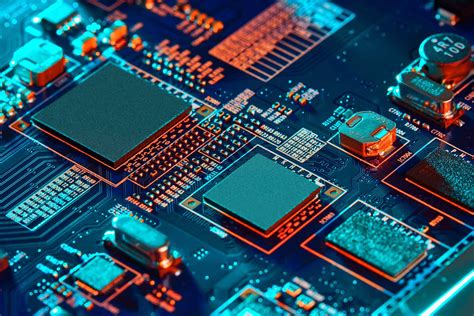
Best Practices for Soldering and Component Placement
When it comes to pcb assembly, mastering the art of soldering and component placement is crucial to ensuring the reliability and functionality of advanced circuits. One of the best practices involves preparing the surface of the printed circuit board (PCB) thoroughly, as contaminants can significantly impact solder quality. It’s essential to use high-quality soldering tools and materials, including lead-free solder, which is becoming increasingly common in modern pcba processes.
To achieve precise component placement, using a stencil for solder paste application can be invaluable. This technique not only reduces excess solder but also ensures that components are securely fixed in place. Attention to detail is vital; practicing proper orientation of components—particularly polarized ones—helps prevent costly mistakes.
Moreover, utilizing a microscope during assembly aids in ensuring that each connection is correctly executed. A good rule of thumb is to follow a systematic approach: start with passive components before moving on to active ones, which tend to be larger and more complex. Following these principles not only enhances your skills but also ensures that your circuit assembly projects yield reliable and high-performing electronic systems ready for the demands of modern technology.
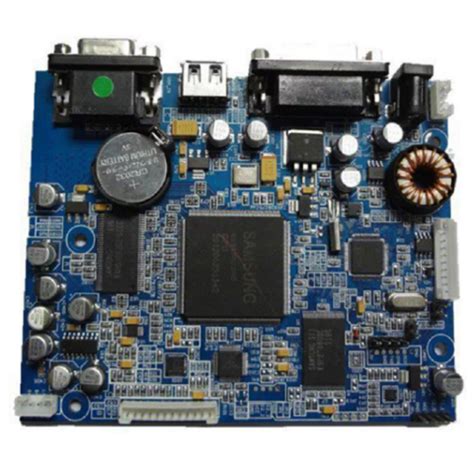
Troubleshooting Common Issues in Circuit Assembly
In the realm of pcb assembly, various challenges can arise that may hinder the efficiency and reliability of the final product. One common issue is poor solder joint quality, which may lead to intermittent connections or complete failure of the pcba. This can be attributed to improper soldering techniques or inadequate heating. To mitigate this, it is essential to ensure that the temperature settings are calibrated correctly and that proper soldering tools, such as soldering irons and multimeters, are utilized. Another prevalent problem is component misalignment, which can compromise the electrical performance of the circuit. Addressing this requires meticulous attention during the layout phase and implementing alignment aids during assembly. Additionally, contamination from dust or oils can lead to connectivity problems; hence, maintaining a clean workspace is crucial for effective advanced circuits assembly. By understanding these common pitfalls and applying corrective measures, technicians can significantly enhance their skills and produce more reliable electronic systems.
Quality Assurance in Advanced Circuit Manufacturing
Quality assurance plays a pivotal role in advanced circuits assembly (often referred to as pcb assembly) to ensure the integrity and reliability of sophisticated electronics. The stringent processes involved typically begin with the selection of high-grade components and materials, which form the foundation of a successful pcba. Rigorous inspections are conducted throughout each phase, from initial design to final assembly, allowing for early detection of potential issues. Techniques such as Automated Optical Inspection (AOI) and X-ray inspection are commonly employed to identify defects in solder joints and component placement, which can drastically impact performance. Furthermore, implementing robust testing protocols—including functional tests and stress tests—helps validate that each circuit operates within its specified parameters under varying conditions. By adhering to these best practices in quality assurance, manufacturers can enhance the reliability of their products while minimizing errors that could lead to costly failures or redesigns. As the demand for complex electronic systems continues to grow, a strong commitment to quality assurance will undoubtedly play a critical role in driving advancements in advanced circuits assembly.
The Future of Advanced Circuits in Electronic Innovations
As the landscape of modern electronics continues to evolve, advanced circuits assembly is poised to play a pivotal role in driving innovation. Emerging technologies such as the Internet of Things (IoT), artificial intelligence (AI), and advanced telecommunications demand greater reliability and efficiency in circuit design and manufacturing processes. PCB assembly techniques, such as surface mount technology (SMT), are becoming increasingly popular due to their ability to accommodate compact designs while maintaining high functionality. This is essential for creating devices that can withstand the complexities of today’s electronic applications. As we look ahead, it is crucial for engineers and technicians in PCBA to stay updated on advancements in materials and processes. The integration of automated systems for soldering and component placement is enhancing precision and reducing the risk of human error, thus ensuring more robust final products. Emphasizing sustainability in production practices will further enrich the field, aligning with global efforts toward reducing electronic waste. By embracing these trends, professionals can effectively navigate the challenges that lie ahead while contributing to groundbreaking innovations that define the future of electronics.
Case Studies: Successful Applications of Advanced Circuits Assembly
The realm of advanced circuits assembly has proven its significance across various industries, showcasing its versatility and reliability through numerous successful applications. For instance, in the telecommunications sector, innovative pcb assembly techniques have enabled companies to produce compact and efficient circuit boards that support high-speed data transmission. One notable example is a leading smartphone manufacturer that utilized advanced pcba methods to enhance the performance of its devices, ensuring minimal signal loss and maximizing battery efficiency.
Similarly, in the automotive field, advanced circuits assembly is integral to the development of sophisticated driver assistance systems. By employing precise soldering and component placement techniques, manufacturers have achieved higher levels of reliability in electronic control units. These advancements not only improve vehicle safety but also contribute to the ongoing evolution toward autonomous driving technologies.
Furthermore, in medical devices, effective pcb assembly strategies ensure that life-saving equipment operates reliably under demanding conditions. A manufacturer of diagnostic imaging systems employed rigorous quality assurance measures throughout their assembly process, resulting in devices that consistently meet stringent regulatory standards.
These case studies illustrate how mastering advanced circuits assembly can result in remarkable achievements across various fields, ultimately driving innovation and improving functionality in modern electronics. By utilizing state-of-the-art techniques and embracing best practices for quality assurance, professionals can continue to push the boundaries of what is possible in circuit design and functionality.
Conclusion
Mastering advanced circuits assembly is essential for anyone looking to thrive in the field of modern electronics. The effectiveness of pcb assembly processes directly impacts the performance and reliability of pcba in a myriad of applications. As we’ve explored in this article, a solid understanding of the fundamental principles allows professionals to navigate the complexities inherent in advanced circuitry. Moreover, employing the right tools, combined with best practices for soldering and component placement, significantly enhances both precision and durability. As electronics continue to evolve, specializing in advanced circuits assembly opens many doors to innovative possibilities. Emphasizing quality assurance measures ensures that each project meets the highest standards, fundamentally supporting the creation of sophisticated electronic systems that can withstand real-world challenges. By adopting these recommended techniques and tools, you not only improve your own skills but contribute positively to the advancement of technology as a whole.
FAQs
Q: What is the significance of pcb assembly in electronics?
A: The pcb assembly process is crucial as it involves the integration of various electronic components onto a printed circuit board (PCB). This integration is vital for the functionality and reliability of electronic devices.
Q: What distinguishes pcba from standard PCB manufacturing?
A: PCBA, or printed circuit board assembly, refers specifically to the process where components are soldered onto a PCB, making it operational. Standard PCB manufacturing focuses on just creating the board itself without components.
Q: Can I use any tools for advanced pcb assembly?
A: While some tools may work, using specialized tools designed for advanced circuits assembly, such as precision soldering irons and automated pick-and-place machines, significantly enhances the quality and reliability of the final product.
Q: What challenges might I encounter in pcba, and how can I resolve them?
A: Common challenges include misaligned components and improper soldering. To address these issues, implementing proper alignment techniques during placement and using inspection methods post-soldering can improve results.
Q: How does quality assurance impact advanced circuits assembly?
A: Quality assurance is vital in ensuring that each step of the pcba process adheres to established standards. This minimizes defects, ensuring that sophisticated electronic systems perform reliably in their applications.
For more information about pcb assembly, please click here Andwin PCB Assembly.


